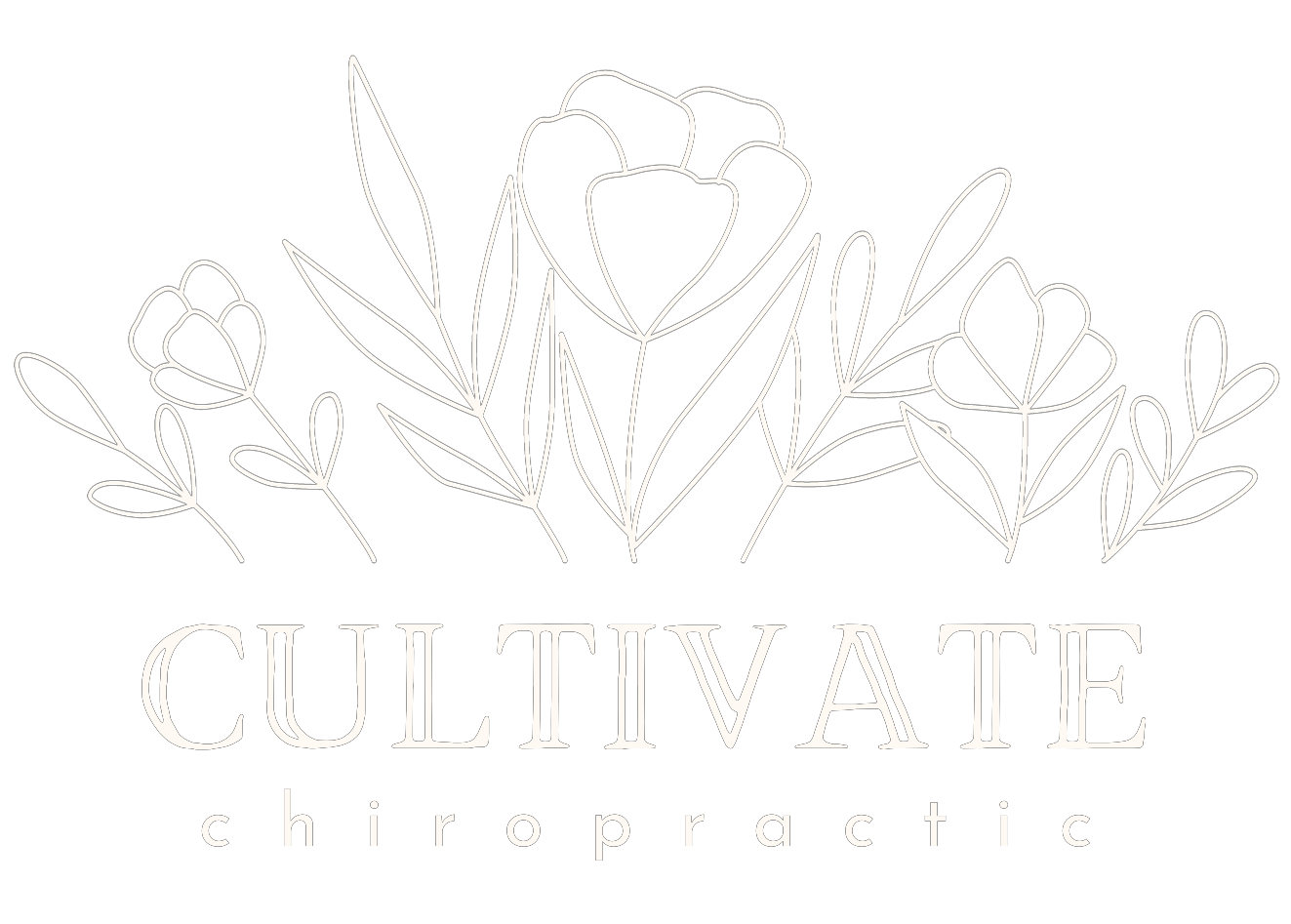Supporting Your Child’s Healing: The Role of Chiropractic Care After Oral Tie Revisions
At Cultivate Chiropractic, we’re passionate about helping families support their children’s health naturally—especially during important transitions like oral tie revisions. If your little one has recently had a tongue, lip, or cheek tie release (or if you're preparing for one), you may be wondering how chiropractic care can help the healing process.
Let’s explore what oral ties are, why post-revision care matters, and how chiropractic care fits into your child’s full-body recovery.
What Are Oral Ties?
Oral ties refer to restrictive bands of tissue (frenum) in the mouth that limit normal movement. These ties can occur under the tongue (tongue tie), between the upper or lower lip and the gums (lip tie), or in the cheeks (buccal tie).
When these tissues are too tight, they can lead to:
Difficulties breastfeeding or bottle feeding
Speech delays or articulation challenges
Sleep and airway issues
Digestive struggles
Changes in jaw and facial development
Oral hygiene problems
While releasing the tie through a simple procedure is an important step, it’s only the beginning. True healing involves helping the body adjust to its new mobility.
How Chiropractic Care Supports Healing After an Oral Tie Revision
When an oral tie is released, the body needs to "reprogram" itself. Prior to the release, your child may have developed compensations—tight muscles, limited neck movement, inefficient feeding or breathing patterns—that don’t automatically resolve after the revision.
That’s where gentle chiropractic care at Cultivate Chiropractic comes in.
1. Releasing Compensations
Oral ties often create tension throughout the neck, jaw, face, and shoulders as the body works around the restriction. Through precise, gentle adjustments, we help release these tight patterns, creating more ease and balance in your child’s body.
2. Optimizing Nervous System Function
The mouth and face are rich with sensory and motor nerves. Releasing a tie frees up motion, but it also changes the way the brain and body communicate. Chiropractic care supports the neurological integration of these changes, helping your child adapt more easily and comfortably.
3. Supporting Feeding and Oral Function
Even after a successful release, babies and young children often need support to establish an effective latch, swallow, and breathing rhythm. Chiropractic adjustments help ensure that your child’s structure and nervous system are working in harmony, making feeding (and later speech and breathing) easier.
4. Setting the Stage for Long-Term Wellness
Proper oral function is critical for healthy jaw and facial development, airway health, speech clarity, and even posture. Chiropractic care after an oral tie release helps ensure your child’s body grows in alignment and balance.
When Should Chiropractic Care Start?
Ideally, chiropractic care begins before the revision to prepare the body and reduce pre-existing tension. After the procedure, we recommend a session within the first 24–72 hours to help the body adjust and prevent the formation of new restrictions.
Each child’s needs are unique, and we customize our care plan to support their specific healing process.
A Whole-Body Approach to Healing
At Cultivate Chiropractic, we look beyond just the mouth. We see your child’s body as an interconnected system, where oral function, posture, feeding, breathing, and growth all work together. Our goal is to create a gentle, nurturing environment where your child can heal, thrive, and reach their full potential.
If your child has undergone or is planning an oral tie revision, we would be honored to be part of your care team.
Ready to Learn More?
We’re here to support you with compassionate, customized care. Contact us today to schedule a consultation or ask about our post-revision support services. Let's help your child unlock their best start in life!

